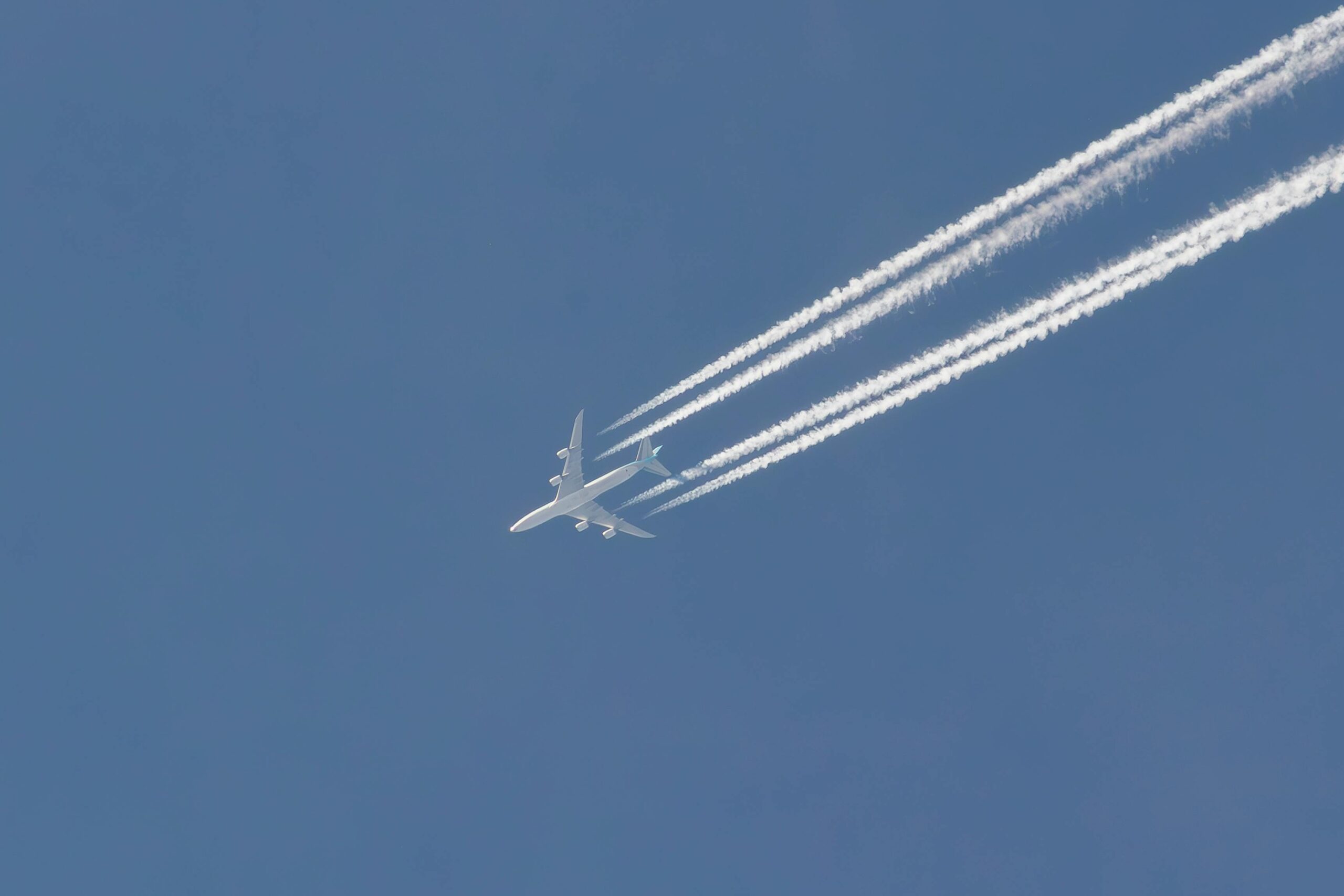If your business regularly ships freight overseas, it’s worth taking the time to understand how air freight pricing works. It can affect everything from your day-to-day operations and costs to the service you provide. Knowing what goes into calculating those rates – and what factors can change them –mcan really help you make smarter decisions. So, where do you begin?
Key takeaways
- Chargeable weight is the higher of actual vs volumetric weight, calculated using the 6000 divisor for cm measurements.
- Base air freight rates vary by destination, cargo type, urgency, and carrier.
- Surcharges such as fuel, security, and handling fees can significantly increase the total cost.
- Special cargo – perishables or dangerous goods – incur extra charges for handling and documentation.
- Incoterms define which party pays for the air freight and associated charges.
- Seasonal trends and capacity constraints impact rates, especially during Q4 and major shopping holidays.
- Accurate documentation is essential to avoid delays, penalties, or additional fees at customs.
What Do You Need to Know About Calculating Air Freight Rates?
Why choose air freight?
The main reason that most businesses opt for air freight is speed. It’s the fastest mode of cargo transport, making it the go-to for a whole range of time-sensitive goods, whether pharmaceuticals, electronics, or perishables. But you pay for that privilege. Air freight is a lot more expensive than sea or road freight, so you need to know what you’re paying for. So, how are your air freight rates are determined?
What influences the cost of air freight?
Chargeable weight
The first and most crucial factor in calculating air freight costs is the chargeable weight. And there are two types of weight that carriers consider:
- Actual weight (gross weight): The physical weight of the shipment.
- Volumetric weight (dimensional weight): A calculated weight based on the cargo’s dimensions.
Airlines will base their fees upon whichever is higher: the actual or volumetric weight.
Calculating volumetric weight
Most international air carriers use the following formula to calculate volumetric weight:
Volumetric Weight (kg) = (Length x Width x Height in cm) / 6000
So, if a parcel measuring 100cm x 80cm x 60cm weighs 50kg, the volumetric weight would be (100 x 80 x 60) / 6000 = 80kg. And as 80kg is heavier than 50kg, the chargeable weight would be 80kg.
This is good to keep in mind because sometimes bulky but lightweight items – like bedding or packing materials – can actually cost more to ship than heavier, more compact ones. It might seem a bit backwards, but it all comes down to how much space they take up on the plane.
Air freight rate per kilogram
Once the chargeable weight is established, it’s multiplied by the air freight rate per kilogram. This rate varies based on:
- Origin and destination pair
- Type of cargo (general vs special)
- Carrier-specific rates
- Urgency (standard vs express services)
So, a shipment of 200kg from London Heathrow (LHR) to Singapore Changi (SIN), with a rate of £2.80/kg, would cost: 200kg x £2.80 = £560. However, don’t forget that the base rate isn’t your only consideration.
Common surcharges and fees
When you’re budgeting for air freight, it’s easy to overlook the potential surcharges. These can make a real difference to the cost you actually pay, so they’re worth keeping in mind. The most common include:
- Fuel surcharge (FSC) – Airlines adjust this based on global oil prices. It’s applied per kg and varies frequently.
- Security surcharge – Covers cargo screening and security compliance, especially for UK outbound shipments under strict Civil Aviation Authority (CAA) and Transportation Security Administration (TSA) regulations.
- Airport handling charges – Fees for terminal handling at origin and destination airports. Often included in delivered duty unpaid (DDU) or delivered duty paid (DDP) incoterms.
- Airline documentation fees – Charged for airway bill processing and cargo booking services.
- War risk and insurance – Applicable in conflict zones or for high-risk items.
Cargo type and handling requirements
It will come as no surprise that different cargo requires different handling protocols. And this impacts cost.
- General cargo, such as clothing or machinery, is usually shipped at the lowest rate.
- Perishable goods – foods, flowers, medication – may require temperature control.
- Dangerous goods (DG) need special packaging, labelling, and documentation.
- Valuable cargo (VAL) often requires security escorts or restricted handling.
Each special category incurs extra charges. Both in terms of direct fees and additional weight due to packaging and insulation.
Route, transit time, and carrier selection
The route and airline you choose to use affect pricing in several ways.
- Direct vs indirect flights – In summary, direct flights are faster but more expensive. Indirect flights involve transshipments and are more cost-effective but slower.
- Carrier competition and alliances – Routes served by multiple carriers tend to be cheaper due to competition.
- Hub airports – Using hub airports, like London Heathrow and Dubai International Airport, can sometimes reduce costs thanks to volume consolidation and carrier presence.
Seasonal demand and capacity constraints
Like passenger flights, air cargo is seasonal. Demand typically peaks during Q4 (October–December) due to holiday stockpiling, pre-Chinese New Year (January–February), and e-commerce sales seasons, such as Black Friday and Singles Day. During peak periods, it can be difficult to secure airfreight space. And because of this, pieces often spike. Booking early is the only real way to combat this, but it’s still not a guarantee.
Incoterms and who pays what
The Incoterm (International Commercial Term) defined in the shipping agreement determines which party pays the air freight charges.
- Ex Works (EXW): Buyer pays all transport costs from origin.
- Cost and freight (CFR): Seller pays for main air freight.
- DDP: Seller covers all costs, including delivery to the buyer’s door.
Understanding incoterms helps UK businesses to better collaborate with shippers and freight forwarders.
Documentation and customs considerations
Air freight requires accurate documentation, which, if mishandled, can lead to fines or delays:
- Air waybill (AWB)
- Commercial invoice
- Packing list
- Certificates (Origin, MSDS, etc.)
- Customs Declarations (UK & Destination)
Customs delays or errors in documentation can add unexpected storage fees or penalties.
If your business already exports goods overseas on a regular basis, or you’re looking to move into a new market, understanding how air freight rates are calculated is really useful. It supports decision-making and pricing accuracy, helping to improve your overall service.
Are you looking for an experienced freight forwarder to support you with your international air freight? Plexus Freight can help. Get in touch to find out more.


